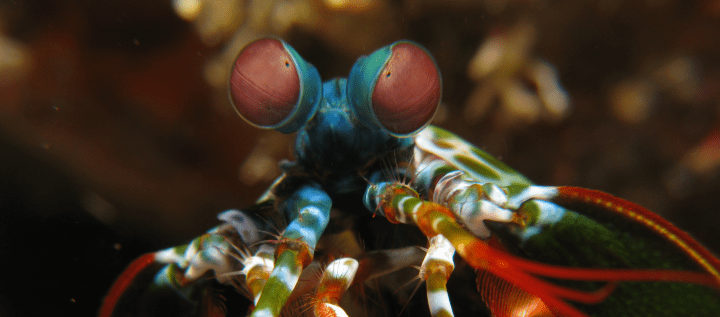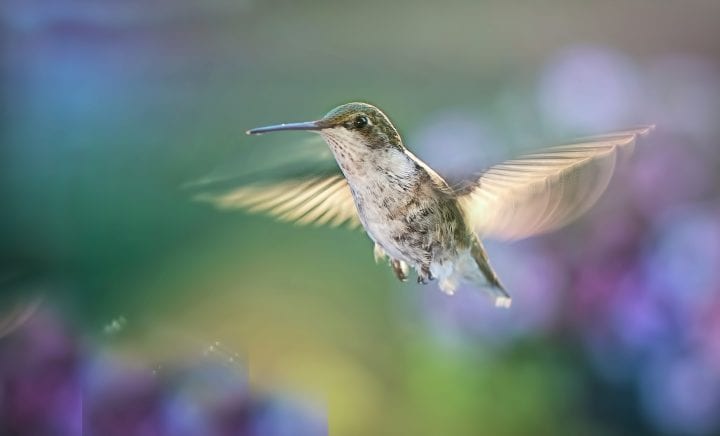Modify Pressure
For many living systems, modifying pressure provides extra strength. For others, it provides ways to move air. To use pressure effectively requires a reliable source of pressure, as well as mechanisms to create and release the pressure as needed. Often, modifications in pressure within a living system are created by water, although air can also be a source. An example of a water-facilitated pressure system is wilted leaves that use hydrostatic pressure to stiffen. They do so by bringing solutes (such as salts) into their cells, which causes them to draw in water.
Transform Mechanical Energy
Mechanical energy is made up of kinetic energy (the energy of an object in motion) and potential energy (stored energy). Organisms use mechanical energy in a variety of ways, including capturing prey, transporting seeds, and moving around.
Store Energy
Once a living system captures energy or transforms one energy form into another, it must frequently save that energy for future use. But energy is difficult to store in some forms. So living systems need strategies to either use energy quickly, or to convert it from forms that are difficult to store (such as electrical or kinetic) to more storable forms. For example, grasshoppers store energy as potential energy in an elastic material in their tendons. When they need to jump, that energy converts into kinetic energy, providing the force needed to escape predators.






